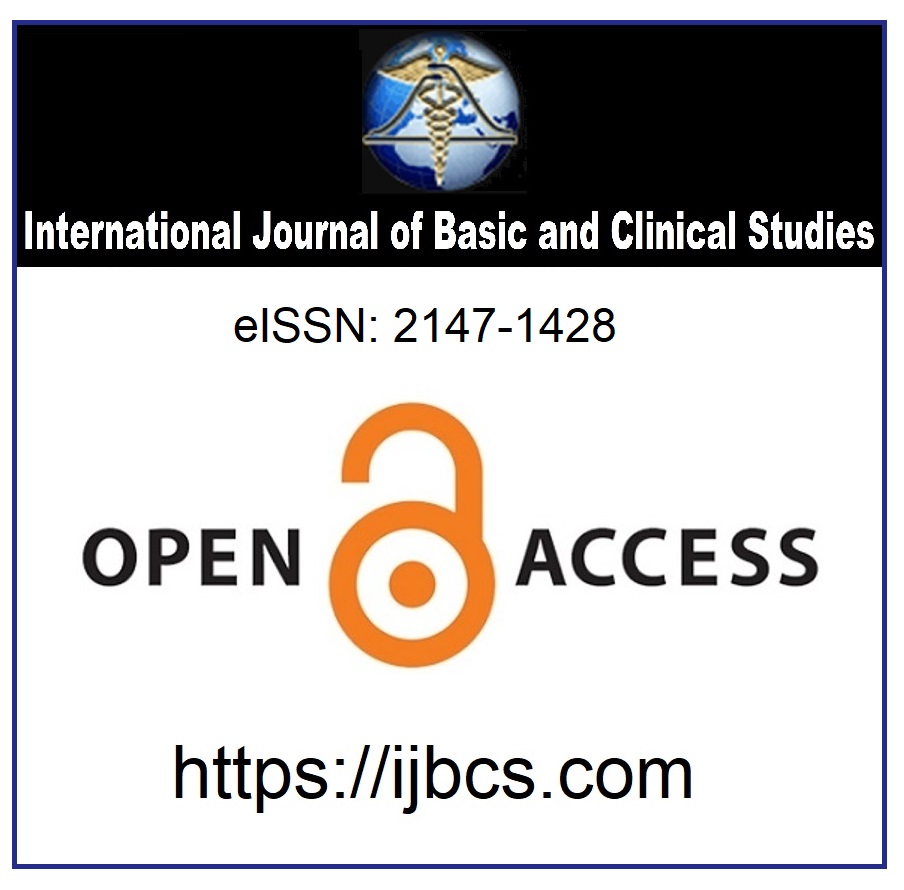Relation Between the Nasal Septal Deviation and Chronic Rhinosinusitis
Keywords:
Septal deviation, chronic rhinosinusitis, anatomic etiologies, anatomic variationsAbstract
Purpose: The objective is to investigate the relation between the nasal septal deviation and chronic rhinosinusitis.
Methods: Two hundred and twelve patients with paranasal sinus computerized tomography (CT) images were examined under the INFINITT healthcare program. LundMackay scoring system was used to define the chronic rhinosinusitis. As regards the nasal septal deviation, the nasoseptal angle <5° was accepted as normal, 5-10° was accepted as mild NSD, 10-20° as moderate NSD, and >20° was accepted as severe NSD. The findings were evaluated using the SPSS program Version 15.0.
Results: Two hundred and twelve patients, out of which 125 were males and 87 were females, ages ranging between 18 and 65 were evaluated. The nasal septum was evaluated as normal in 33.5% of the patients (n=71); while NSD was found in 66.5% of the patients (n=141). As regards the NSD grades, 31.1% of NSDs (n=66) was determined as mild NSD, 25.5% (n=54) as moderate NSD, and 9.9% (n=21) was determined as severe NSD. While chronic sinusitis was not found in 68.4% of the patients (n=145) based on Lund-Mackay scoring system, chronic rhinosinusitis was found in 31.6% (n=67). The frequency of chronic rhinosinusitis increased with the increasing NSD degree; however, the result was not found to be statistically significant (p=0.19). However, when we divided that patients as regards NSD as the patients with and without NSD, significant differences were found in the frequency of chronic rhinosinusitis (p=0.044).
Conclusion: Presence of NSD creates a risk factor for chronic rhinosinusitis.
Downloads
Published
How to Cite
Issue
Section
License
Copyright (c) 2014 By the Authors.

This work is licensed under a Creative Commons Attribution 4.0 International License.



